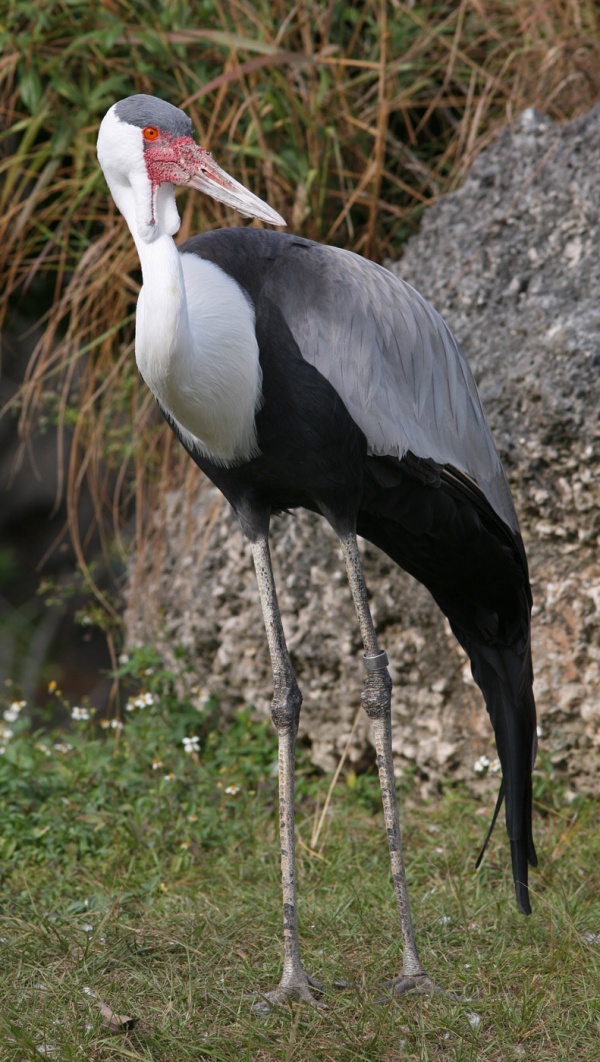Facts About Wattled crane
The wattled crane is a majestic bird native to Africa, residing south of the Sahara Desert. Sometimes, it is classified under its specialized genus, Bugeranus. Johann Friedrich Gmelin first described this bird in 1789. Although it was initially placed in its own genus, a 2010 molecular study reclassified it into the genus Grus. Intriguingly, the wattled crane is monotypic, meaning there are no recognized subspecies.
In terms of appearance, the wattled crane is particularly distinctive. It is the largest crane in Africa and the second tallest in the world, surpassed only by the sarus crane. With a wingspan ranging from 230 to 260 cm and a weight between 6.4 to 9 kg, these birds are quite impressive. They exhibit a striking combination of ashy gray backs and wings, a black breast and tail, and a white head accented by red skin and wattles. On the other hand, juvenile wattled cranes have tawny plumage.
Wattled cranes are distributed across eleven sub-Saharan African countries, with the largest populations found in Zambia and Botswana. They thrive in wetlands with sedge-based vegetation and have a diet that primarily consists of aquatic plants, insects, and occasionally small animals. These cranes are known for their seasonal movements, which are influenced by water conditions, and they forage opportunistically.
The breeding season typically begins around April, with nests constructed near marshes. The wattled crane usually lays an average of about 1.6 eggs, and the incubation period is notably long, lasting between 33 to 36 days. Unfortunately, these stunning birds face several threats, including habitat destruction, human disturbance, collisions with powerlines, and illegal collection. They are listed as vulnerable on the IUCN Red List and are protected under the Agreement on the Conservation of African-Eurasian Migratory Waterbirds (AEWA).

 Rwanda
Rwanda